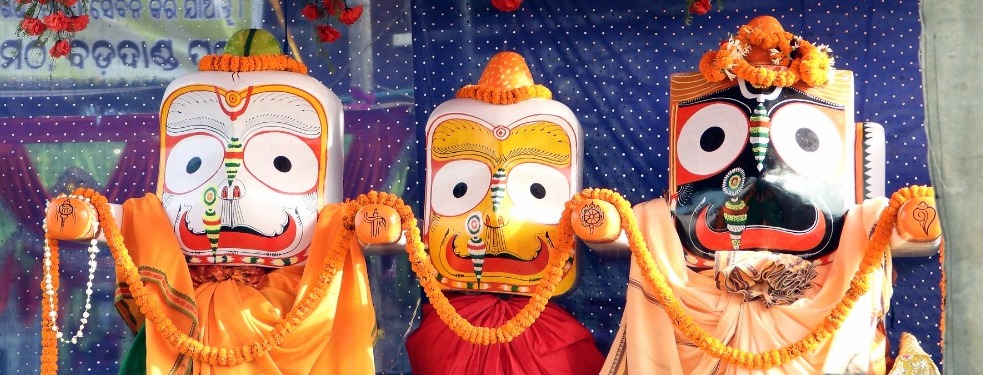
A once in a lifetime opportunity to see the famed annual Rath Yatra at Puri courtesy ISKCON Bangalore and The Akshaya Patra Foundation meant that I could tick a wish close to my heart, off my bucket list.
Our trip started with a flight to Bhubaneshwar and the first thing that struck me was the greenery as I had my eyes peeled on the window. Perhaps this sight was the precursor to the amazing four days in Orrisa.
Bhubaneshwar
Bhubaneshwar, the capital of Odisha was our first stop. As I got off the flight, I noticed that the cultural elements were present even in the airport as I noticed a series of traditional masks.
As we drove through the city, I was amazed to see temple structures with the most ornate carvings and was told that the city once had 7000 temples. Sadly, only a few hundred ancient temples remain, and the Lingaraja temple is one of them. One of the most impressive temples in India, it is said to be the Pinnacle of Odishan temple architecture. And it is not hard to see why. The present temple was built between 1090 to 1104, but parts of the temple are over 1400 years old. The presiding Deity is the Svayambhu Linga, Hari-Hara linga, half Siva and half Vishnu. He is also named Tribhuvaneshwar the Lord of the three worlds. The Linga of the Lingaraja temple is an uncarved block of granite.
Close to the Lingaraja temple is the temple of Ananta Vasudeva where I first saw how the maha prasad offered to the Lord is made in earthen pots that are broken after being used – every day. The idols here are representative of the idols at Puri.
We also stopped at the Bindu-Sarovara Tank believed to have been established by Lord Shiva as a place of pilgrimage by bringing water from all the holy places. Taking a bath here and drinking the water here is believed to cure stomach diseases.
This is also where we had our first introduction to Odia cuisine, a simple meal of Patala and Chana, Saga, Rice, Dalma, Kheera, White Khichdi and Mango Chutney.
As I walked back from the temple to leave to my next destination Puri, it started raining but that did not stop me from taking pictures especially when I spotted this beautifully colourful door.
Puri
One of the most spiritual places in India, Puri is home to the famed Jagannath Temple, a place that I have always wanted to visit. One of the seven holy places that can grant liberation to those who visit them include Ayodhya, Mathura, Mayapura, Kashi, Kanchi, Ujjain, Jagannätha Puri and Dvaraka.
The name Jagannätha literally means the Lord of the Universe. King Indradyumna first established the temple of Lord Jagannätha here on the Nīläcala hill, with the Deity being installed by Lord Brahma himself. There are wonderful accounts of the establishment of the temple by King Indradymna in the Puranas. The present temple was started by King Chora Ganga deva and finished by his descendant Ananga Bhima Deva during the 12th century. The temple complex comprises 10.7 acres and is enclosed by two rectangular walls. The outer enclosure is called Meghanada Prachira. The walls are 20ft high. The inner wall is called Kurma bheda. The walls were built during 15th or 16th century. This temple has the most extensive kitchen in the world and feeds thousands of devotees daily. The kitchen can prepare food for 1,00,000 people on a festival day, and 25,000 is not unusual on average.
There is a wheel on the top of the Jagannätha temple made of an alloy of 8 metals. It is called the Nila-Chakra (blue wheel). The chakra has eight spokes called Navagunjaras. The chakra was made by an alloy of eight metals also known as Ashtadhatu. The circumference of the chakra is 11m and height is 3.5m. A flag tied at a height of 165 feet which is changed every day between 5 p.m to 6 p.m. It was first started 800 years ago by the Chola family. Every Ekadashi a lamp is lit on the top of the temple near the wheel.
The temple has the most amazingly beautiful idols of Jagannätha, Subhadrä and Balarama. The only time you can see the deities outside the temple is during the annual Ratha yäträ of Lord Jagannätha held every year on Ashadha Shukla Paksha Dwitiya (second day in the bright fortnight of Ashadha month). This is when all three are taken on three massive chariots from the main temple to the Gundicha temple (said to be the home of their aunt).
Gundicha Mandir
This temple is located at the end of Grand road, about 3km northeast of Jagannätha temple. At the time of Ratha yäträ festival, Lord Jagannätha goes to the Gundicha temple and stays for a week. After that he returns to his original temple. The Gundicha temple is situated in the area of Sundarachala, which is non-different from the Våndävana forest. For me this was the place when I was able to see the idols properly for the first time and hence is a temple that I will never forget.
Puri incidentally is home to India’s cleanest beach – the Golden Beach. I was staying at a property on the shore and was able to see how the support staff worked tirelessly to keep the beach clean.
As part of the trip we also visited the Tota Gopinatha temple, Sakshi Gopala temple, Alarnatha temple at Brahmagiri and the Narendra Sarovar.
Other stops at Konark temple, Pipli and Raghurajpur (the last on my request) made this trip a great introduction to Odisha, a state that I had not visited before. Here are some images of the diversity of the state (including an image of the Pakala Bath).
Thank you Krithika and Team ISKCON Bangalore for this wonderful trip and indelible memories.

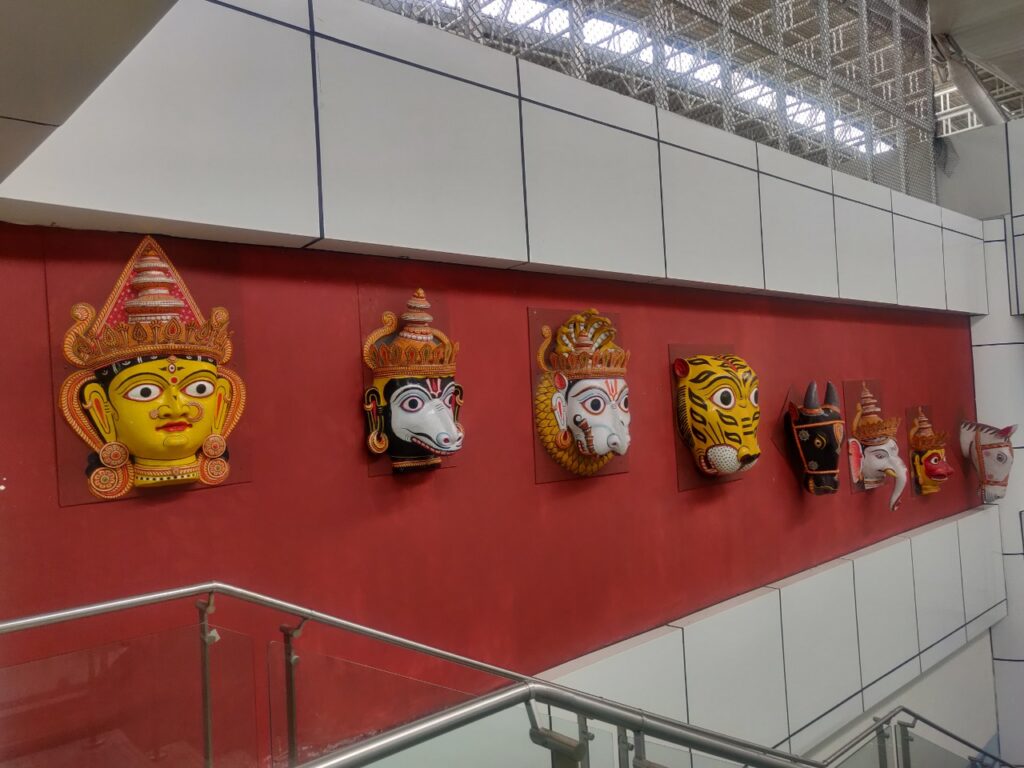
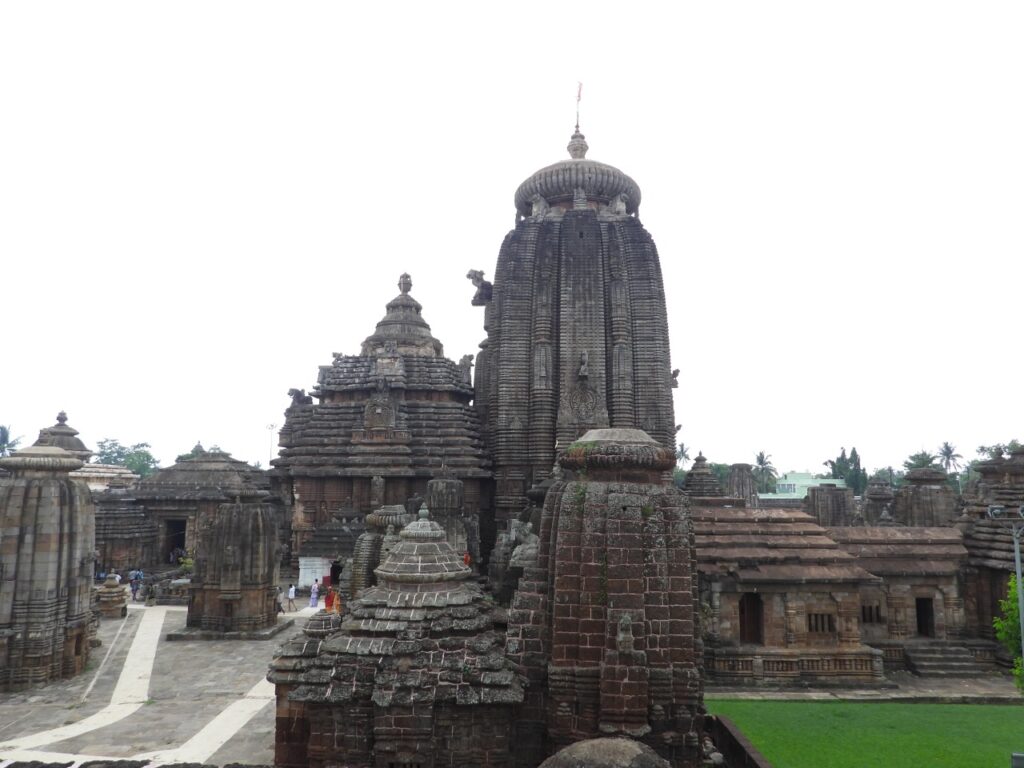
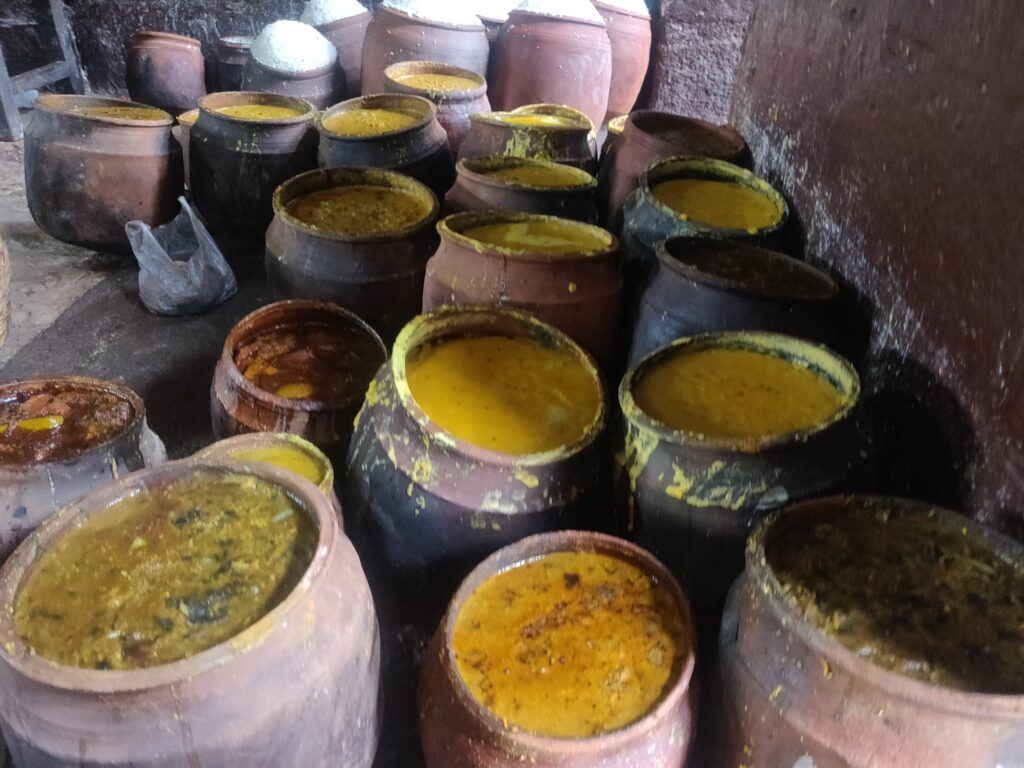
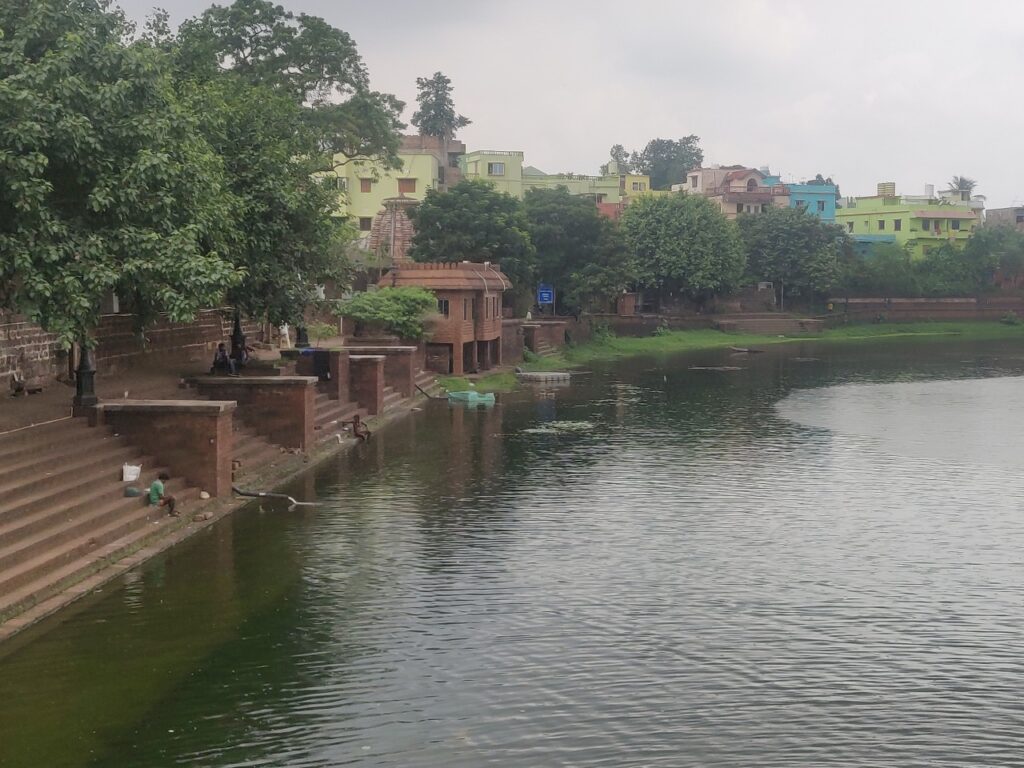
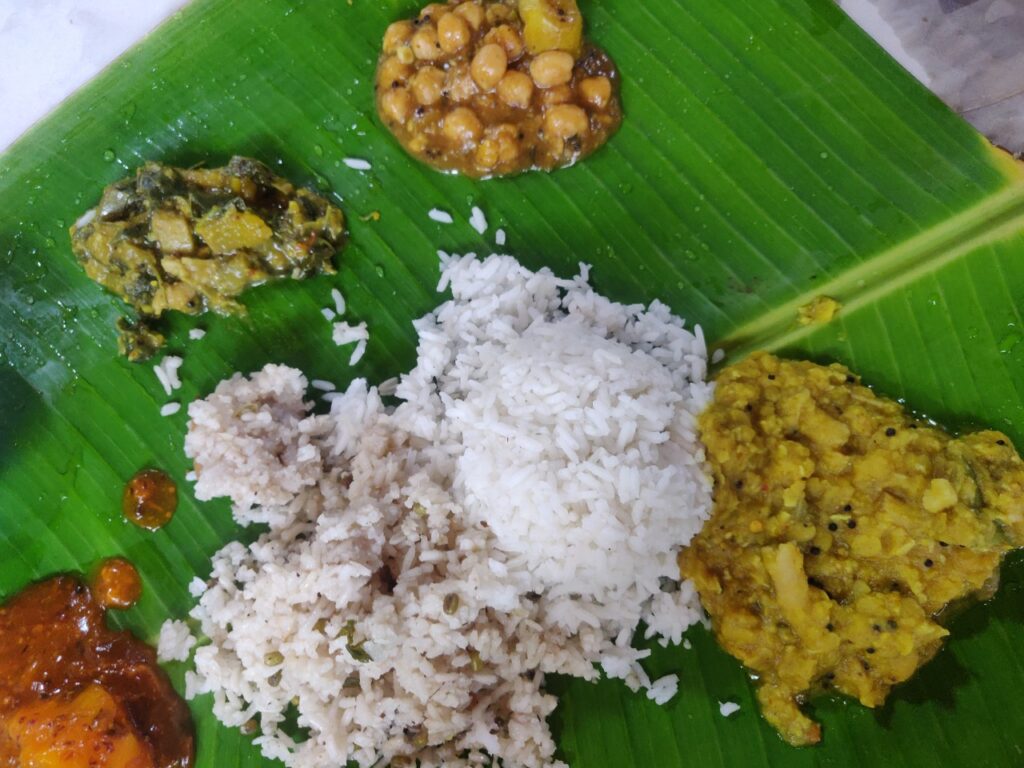
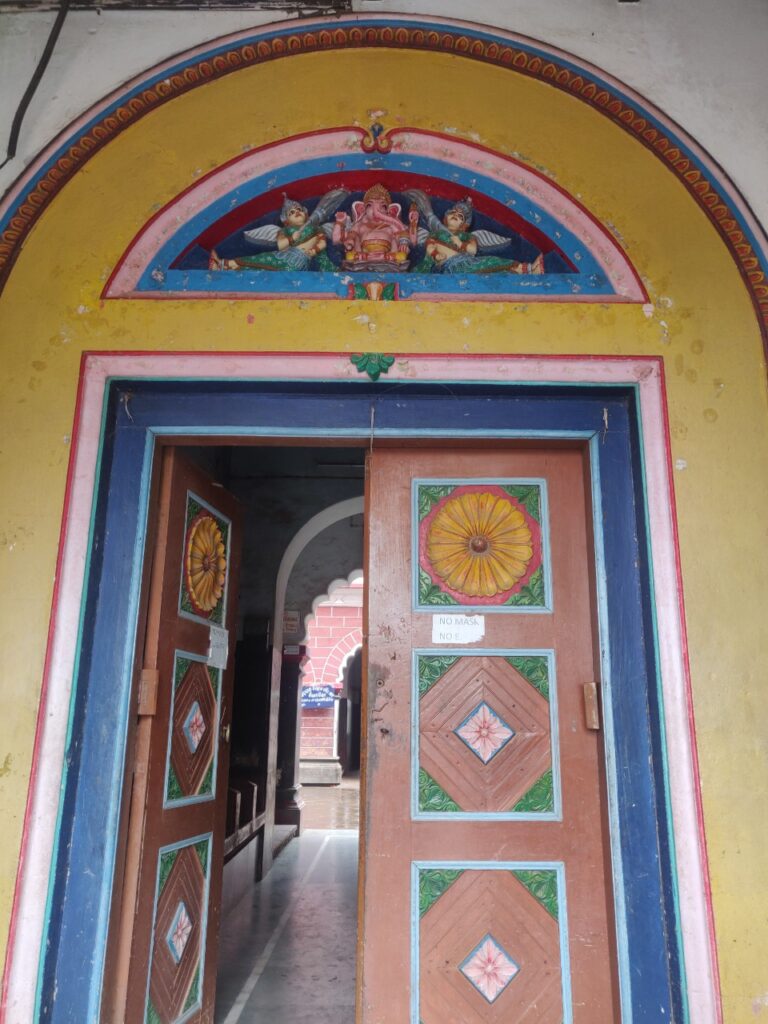
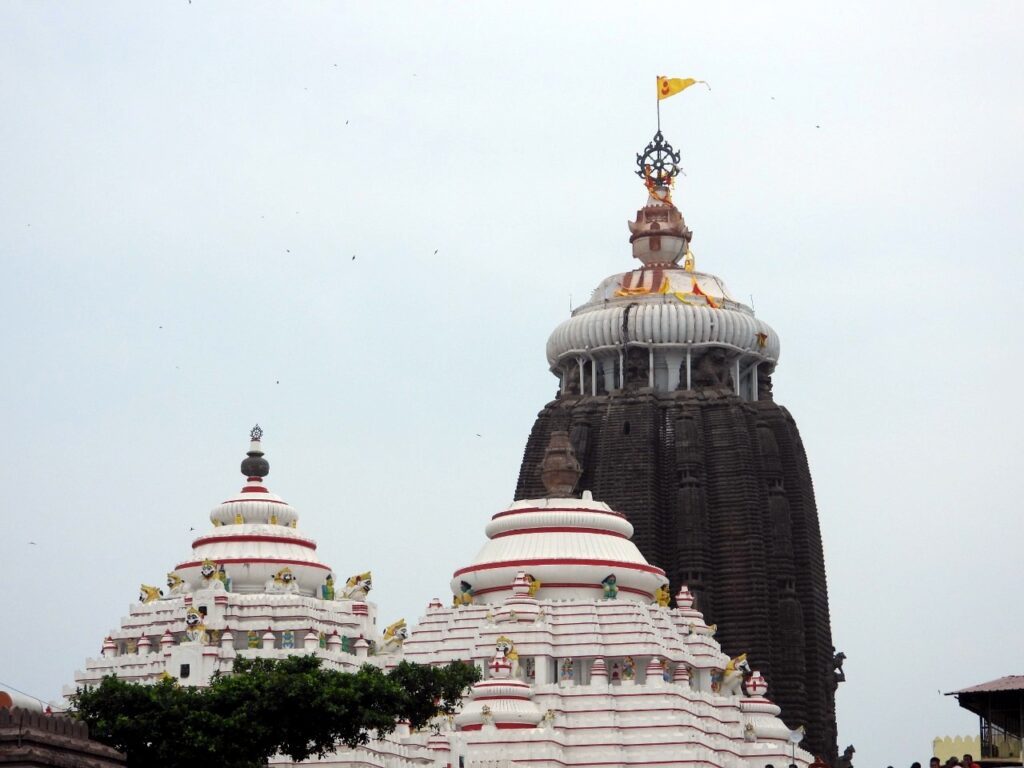
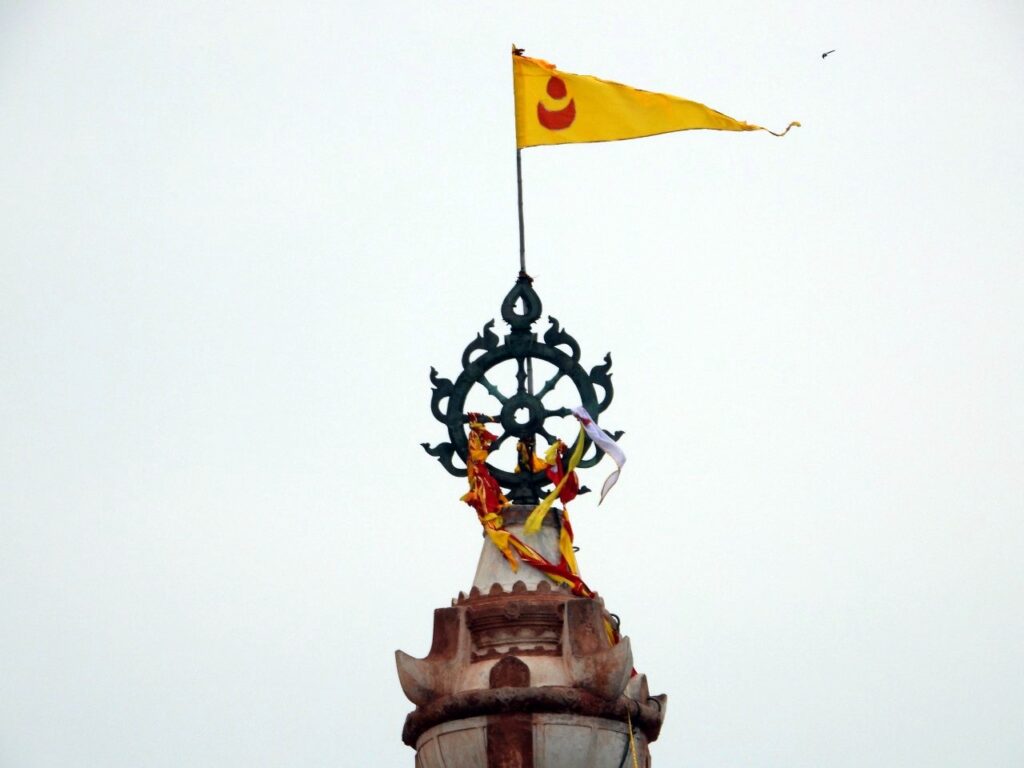
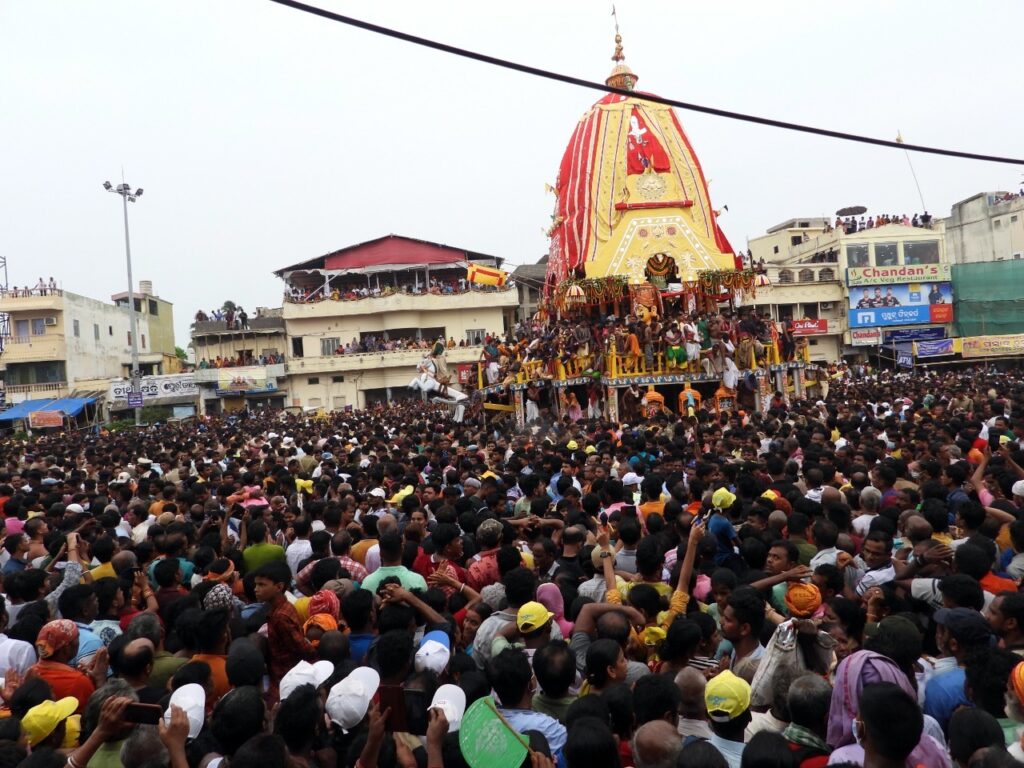
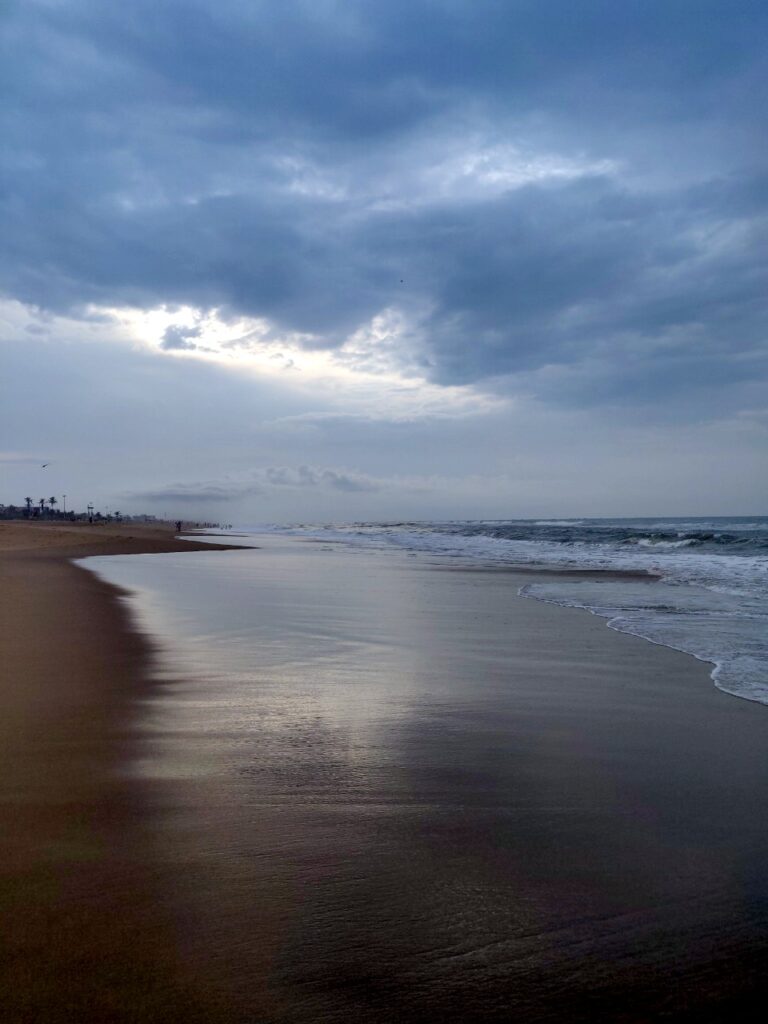
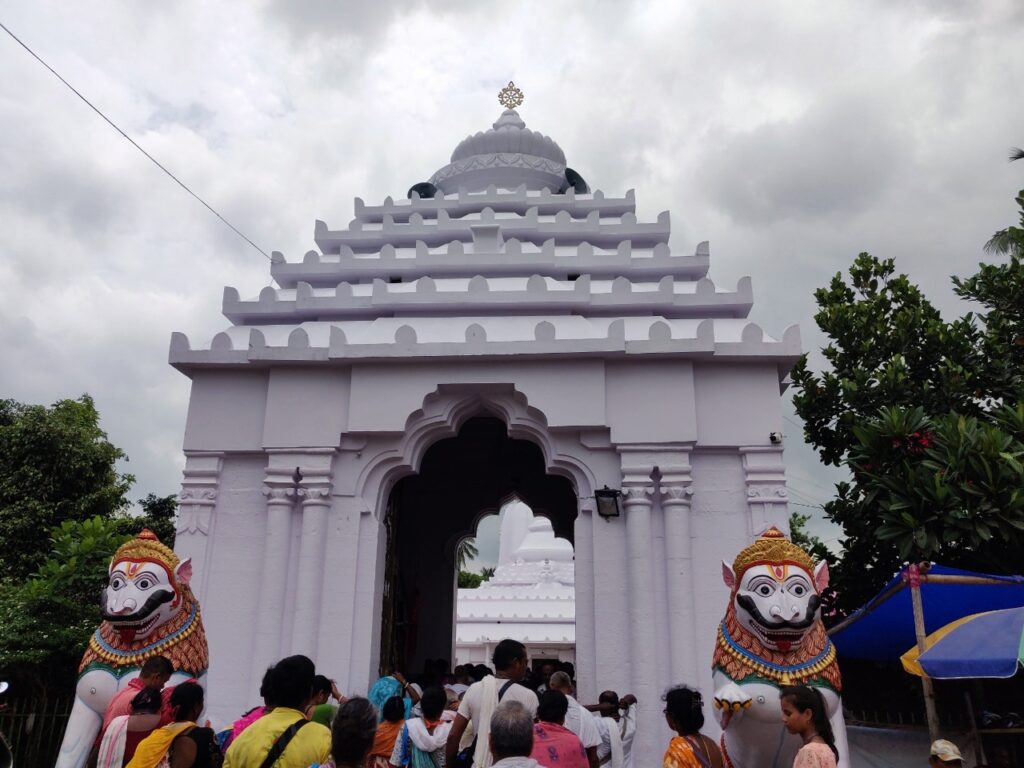
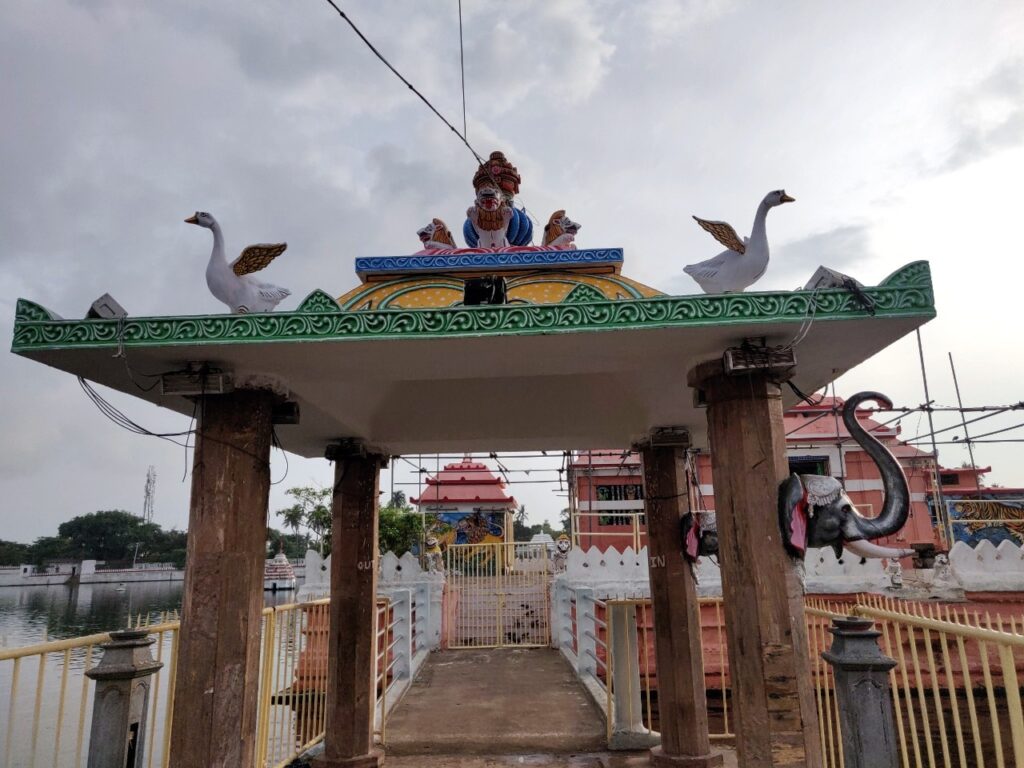
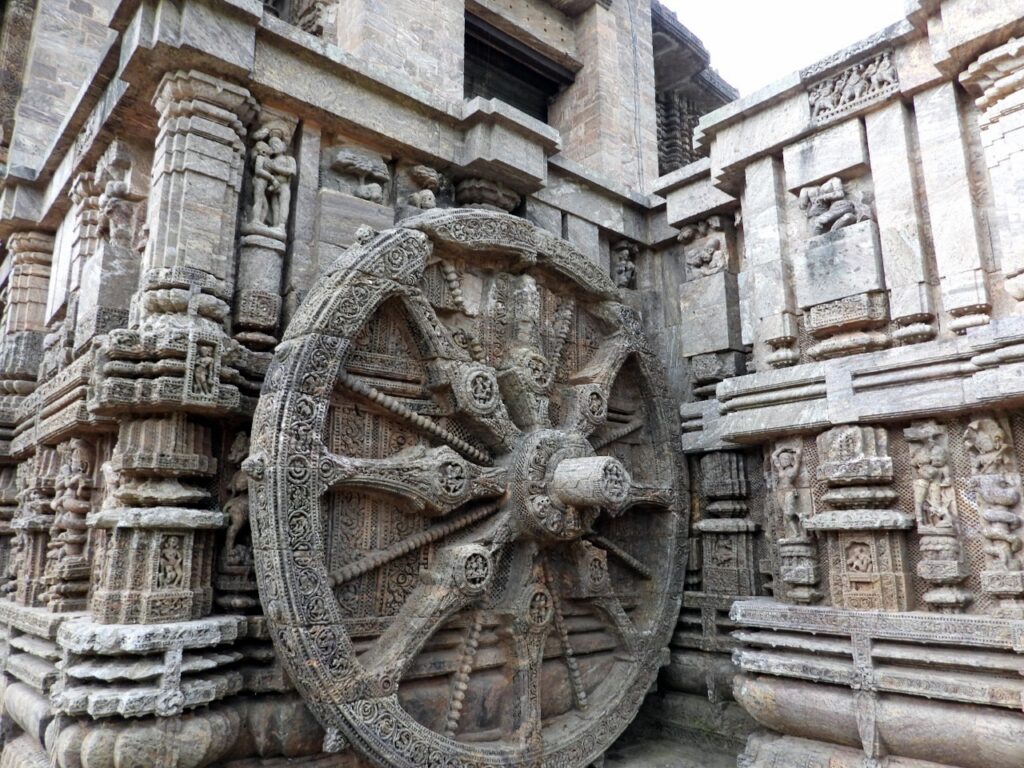
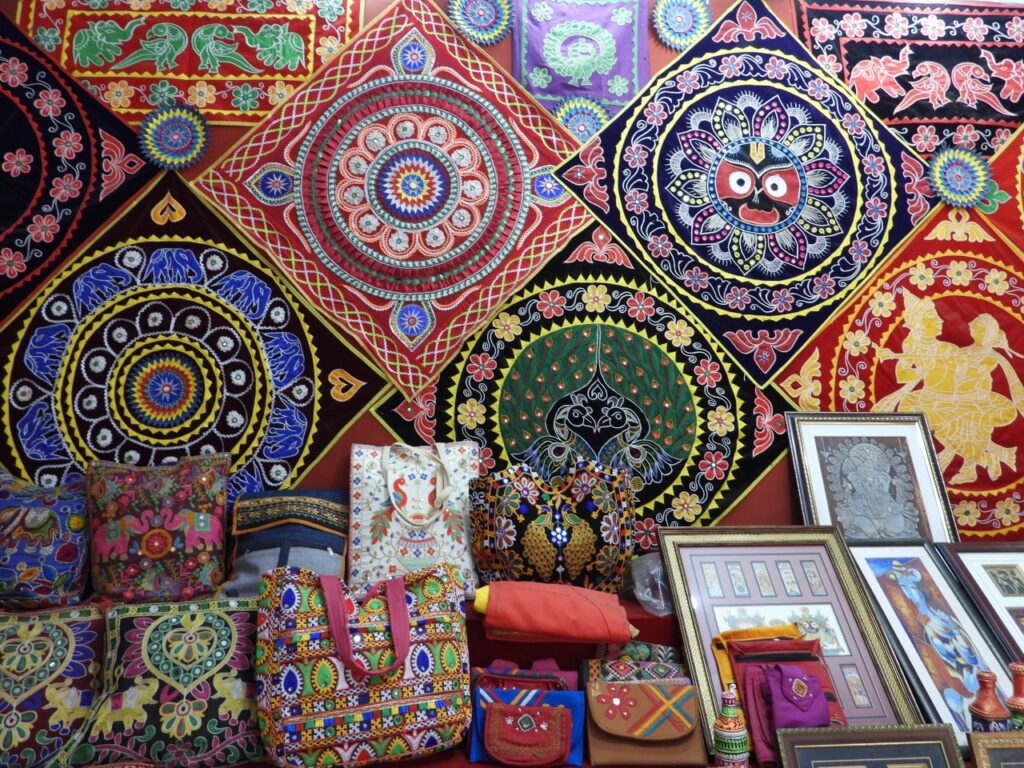
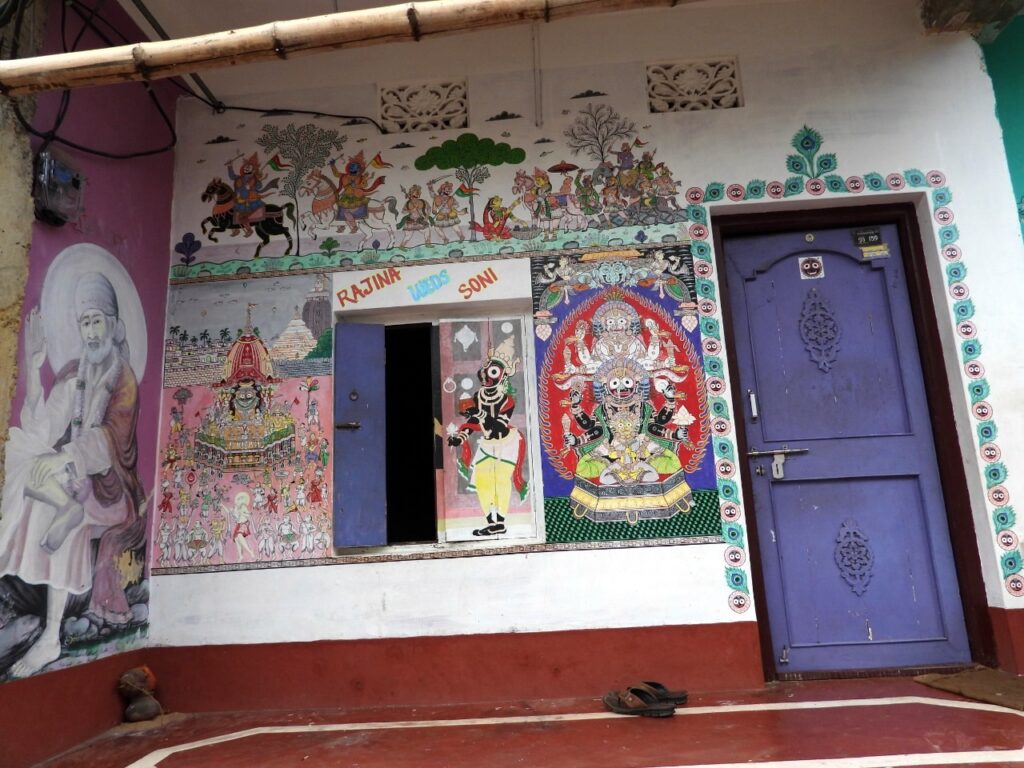
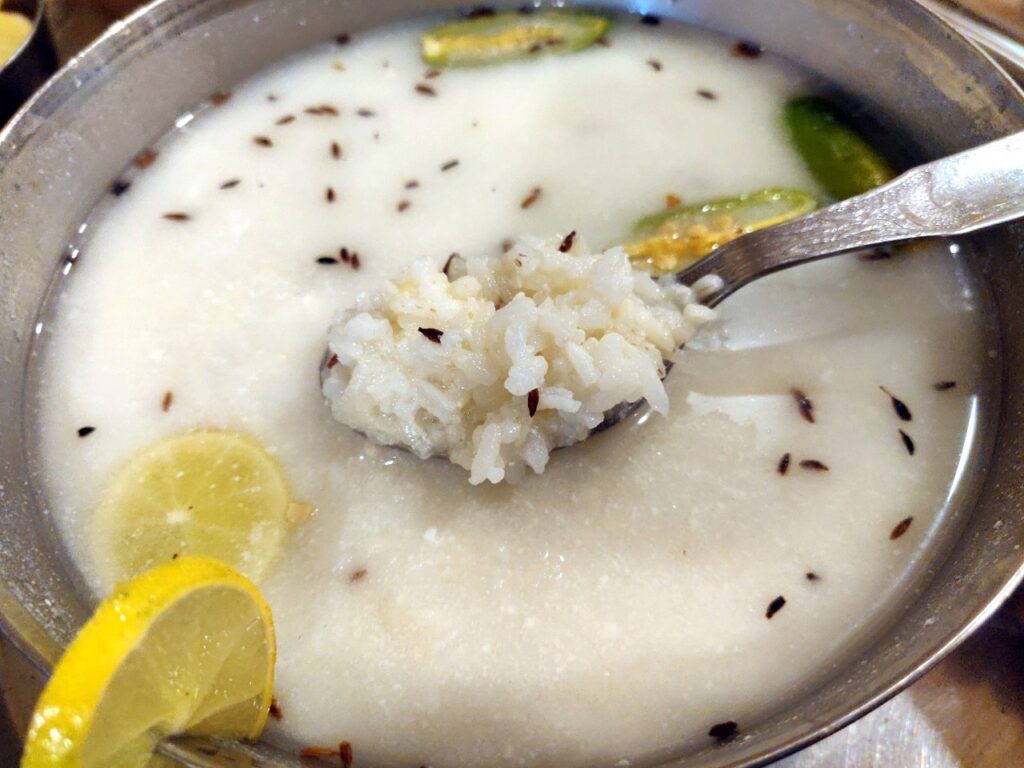
Leave a Reply